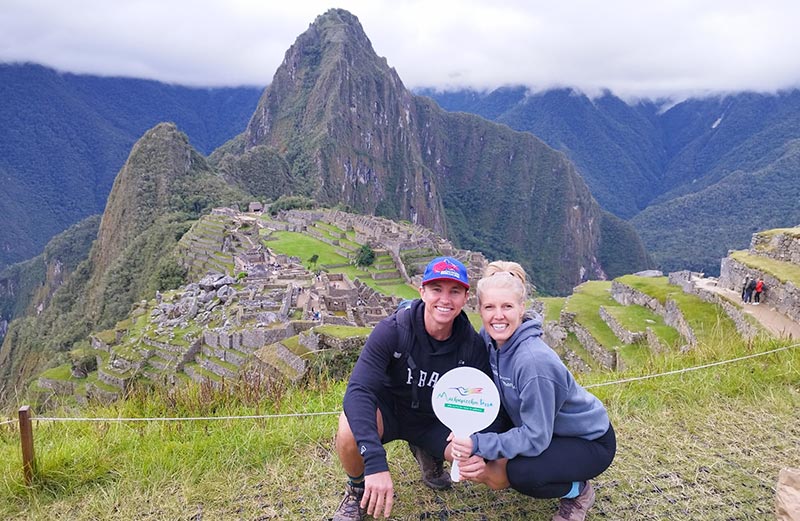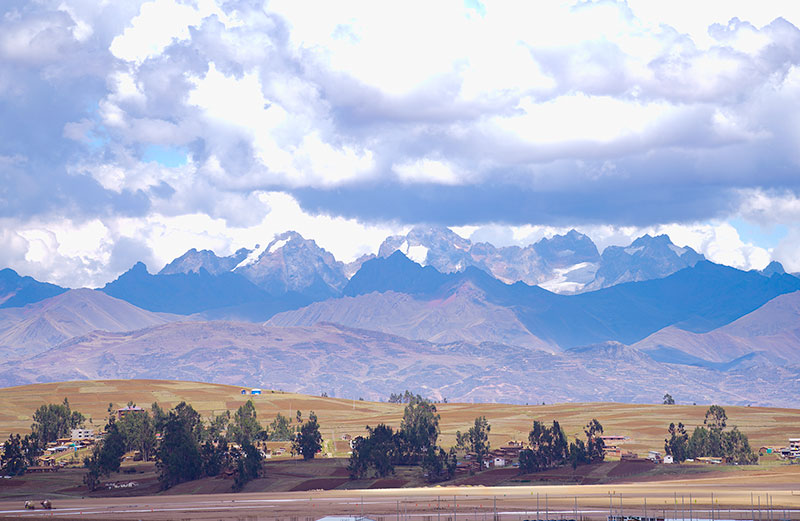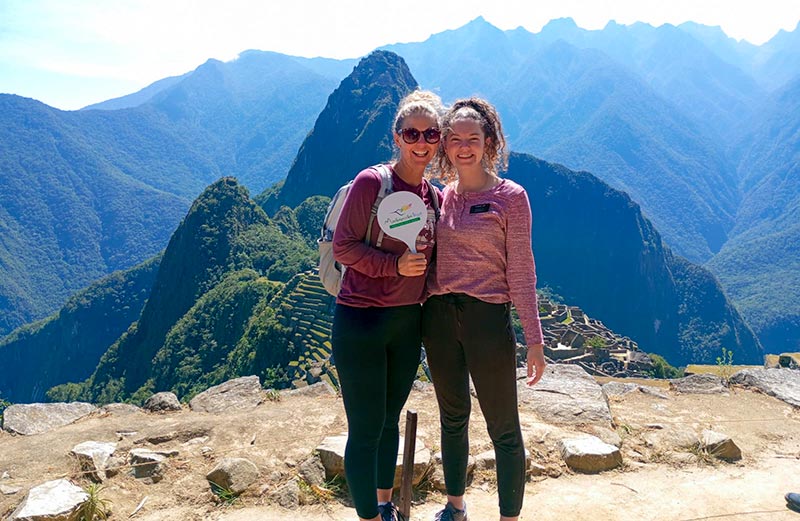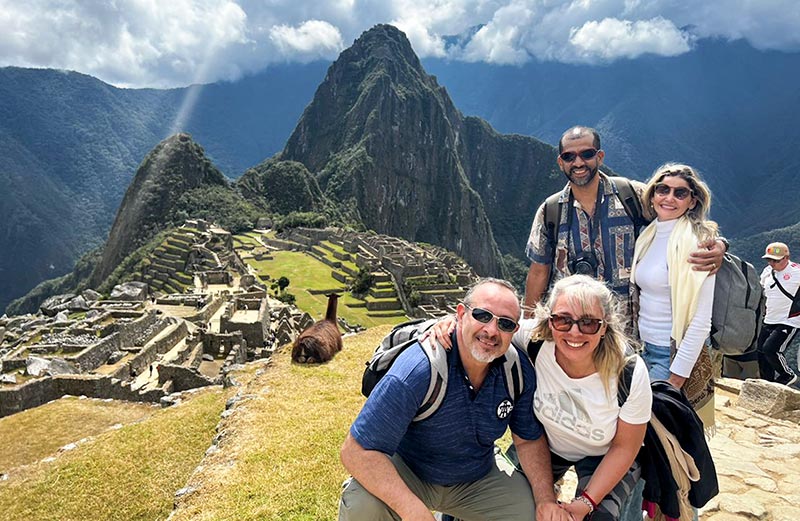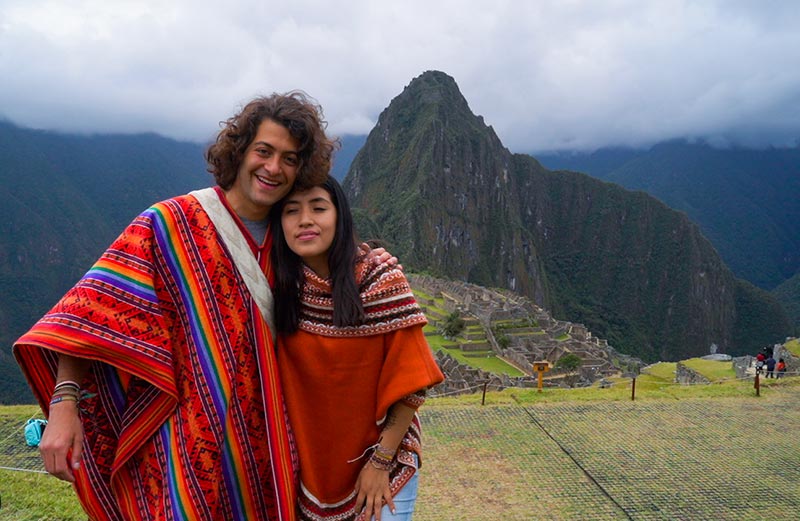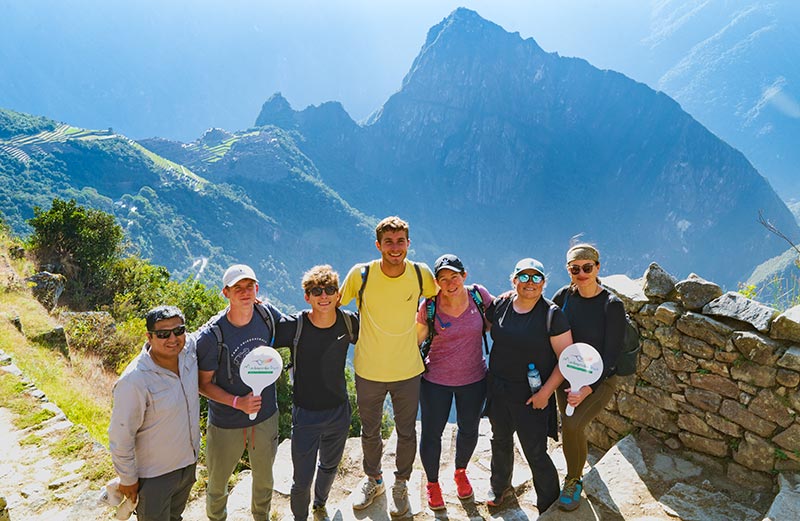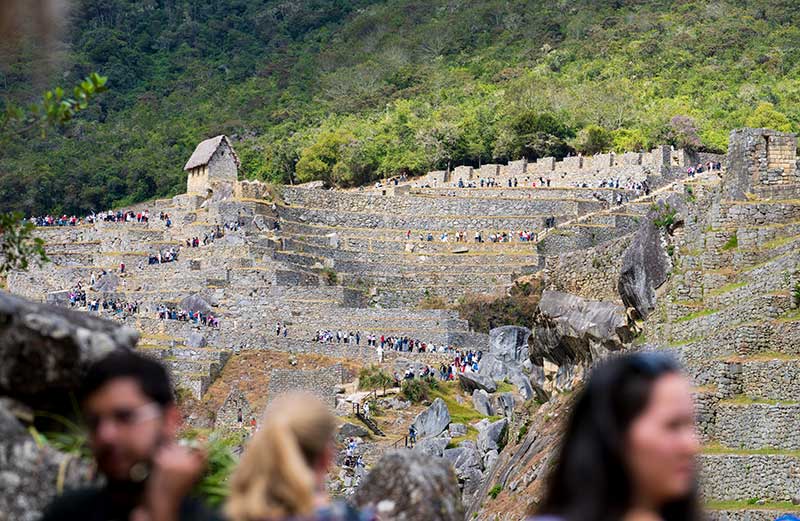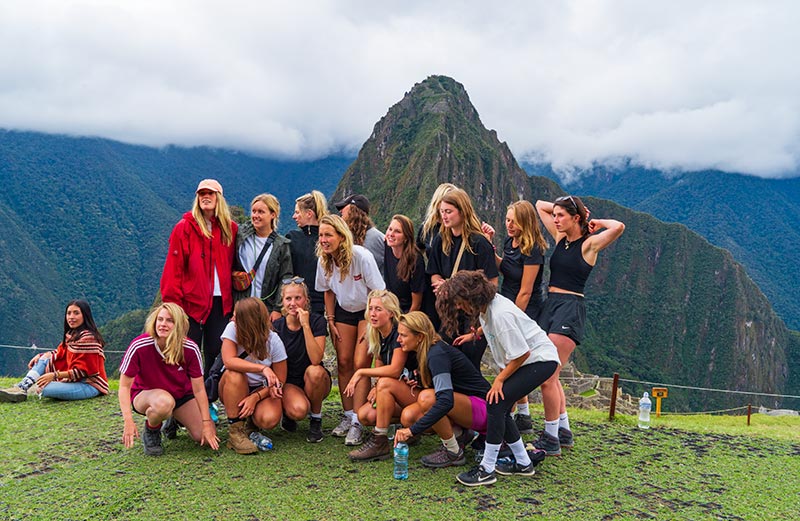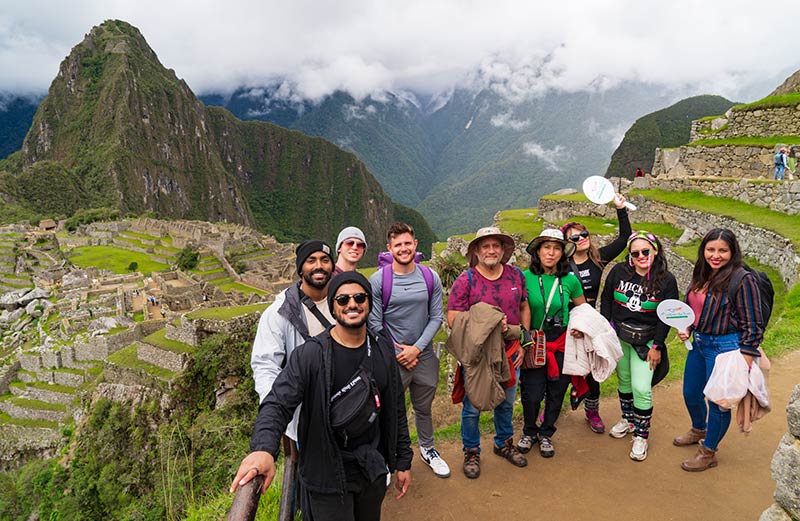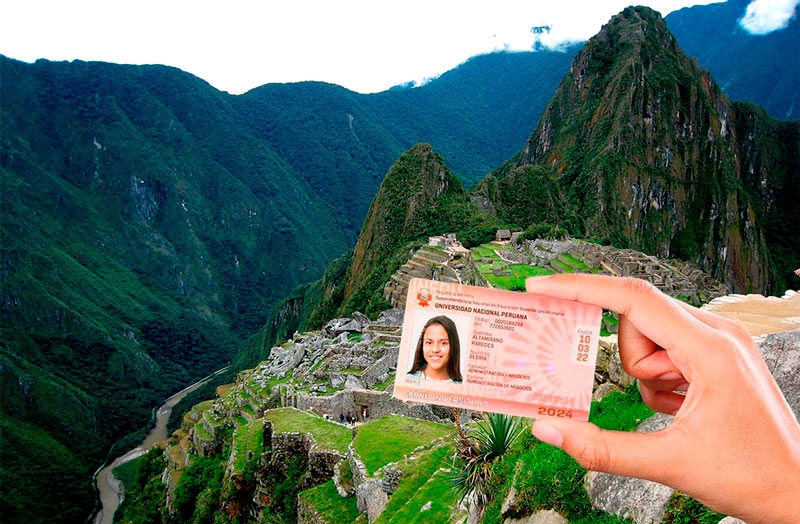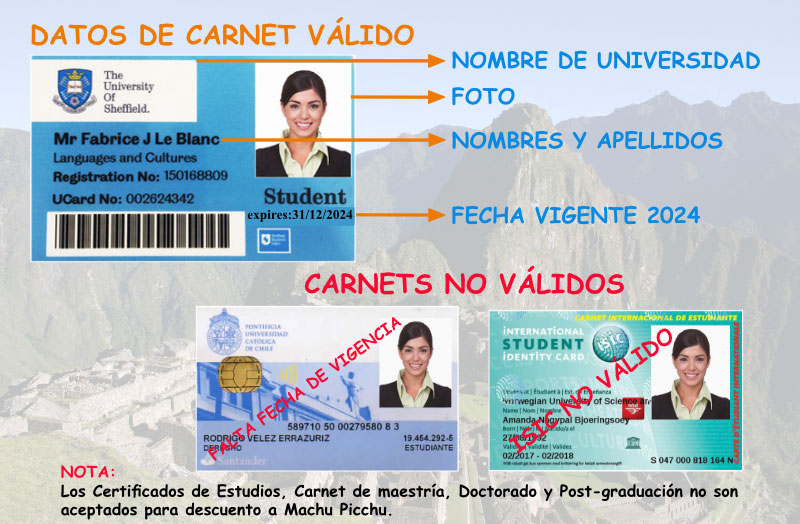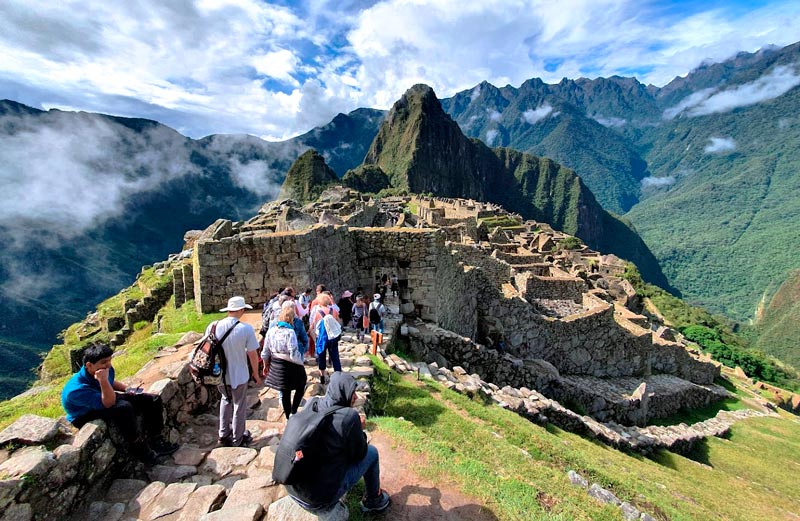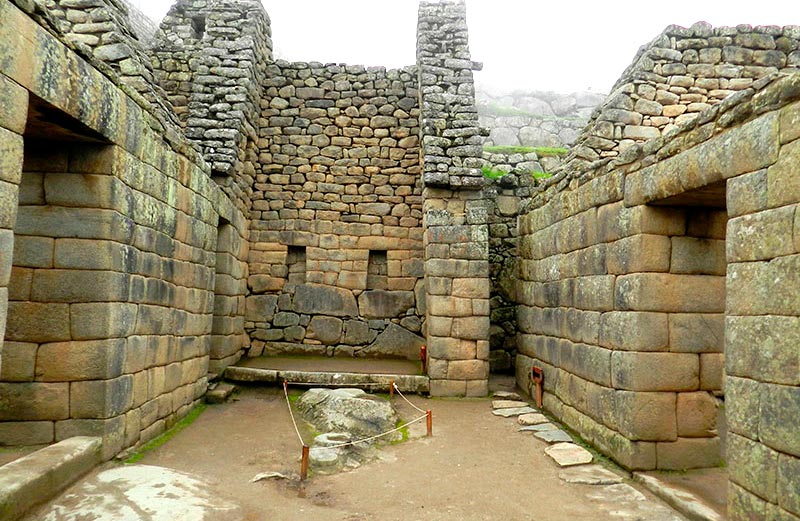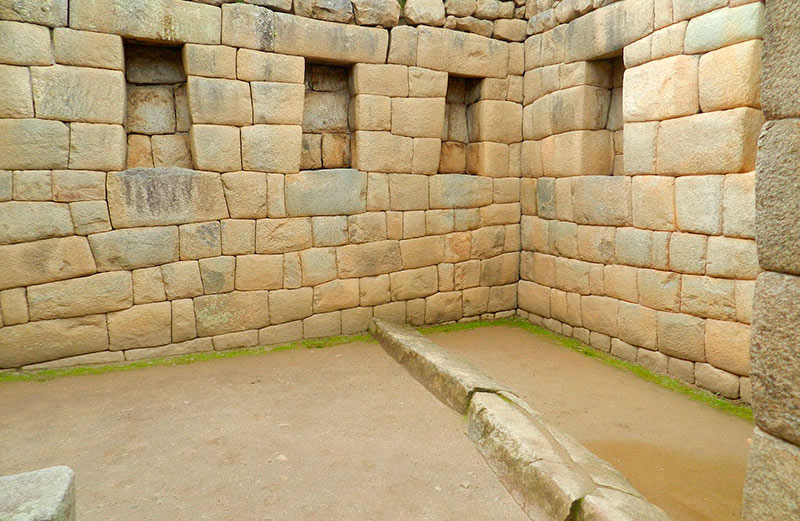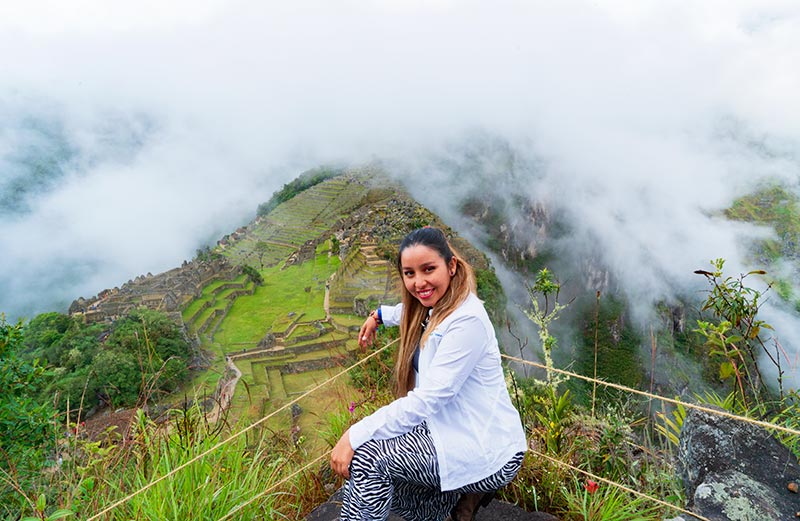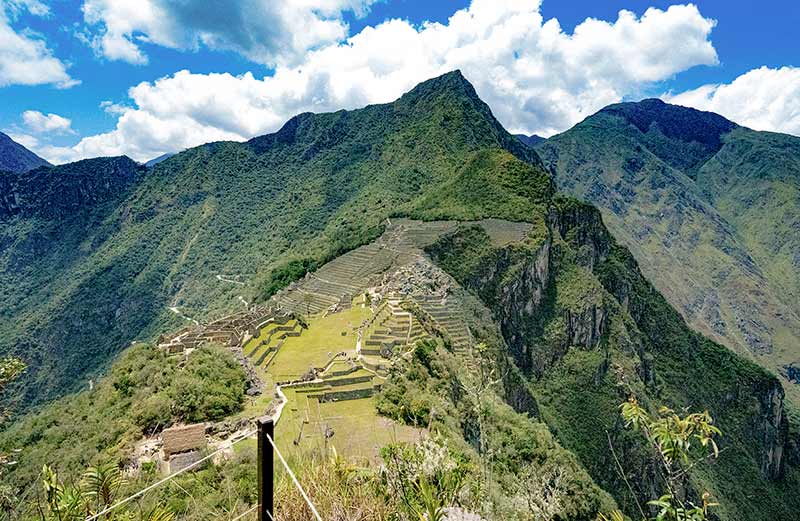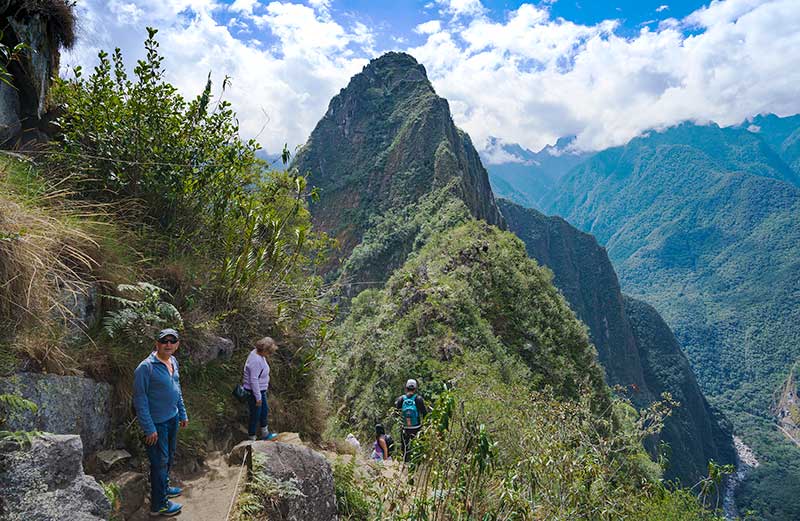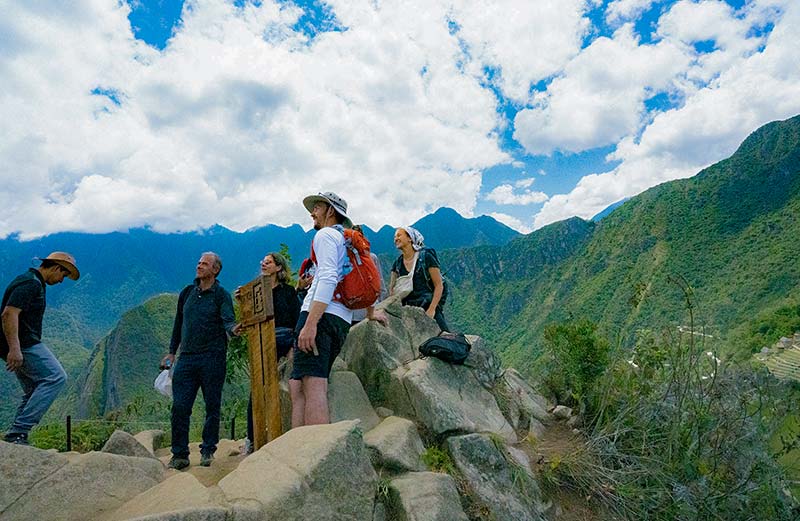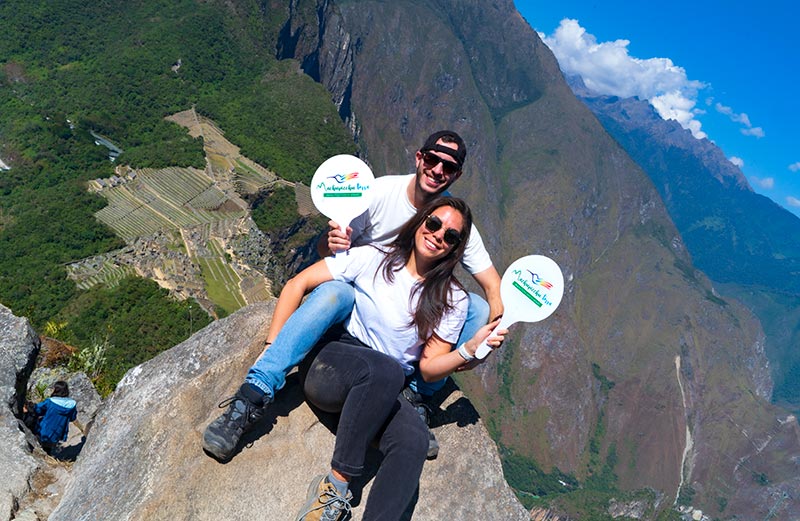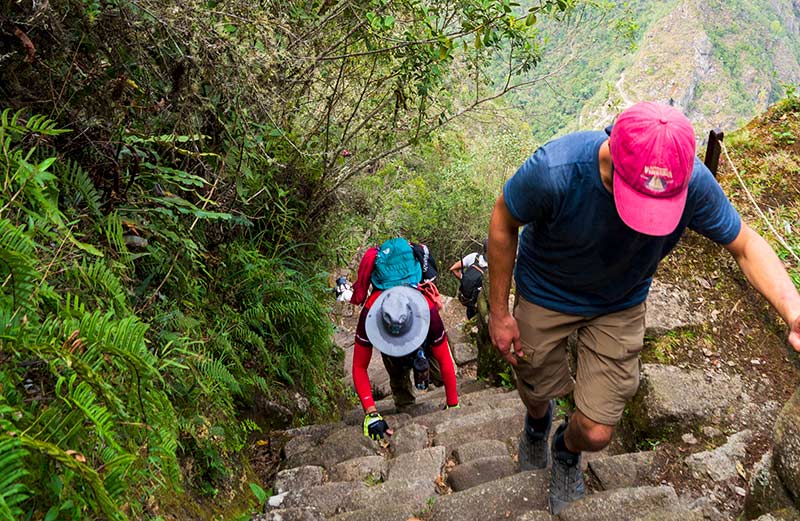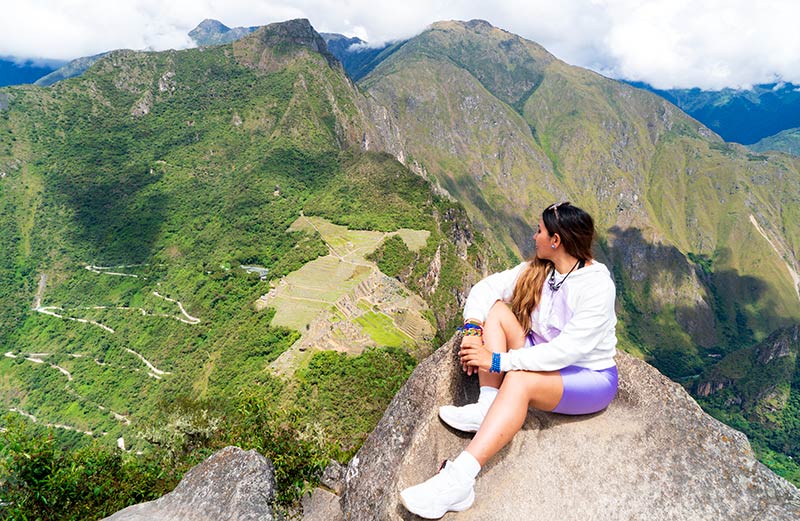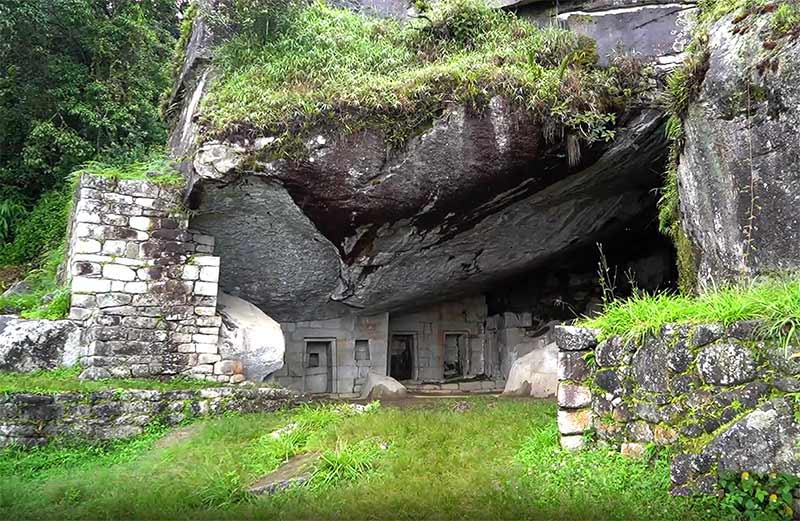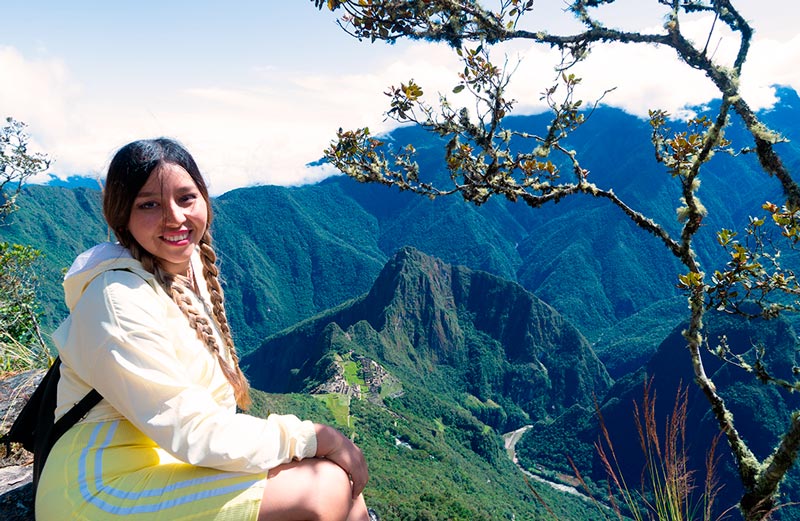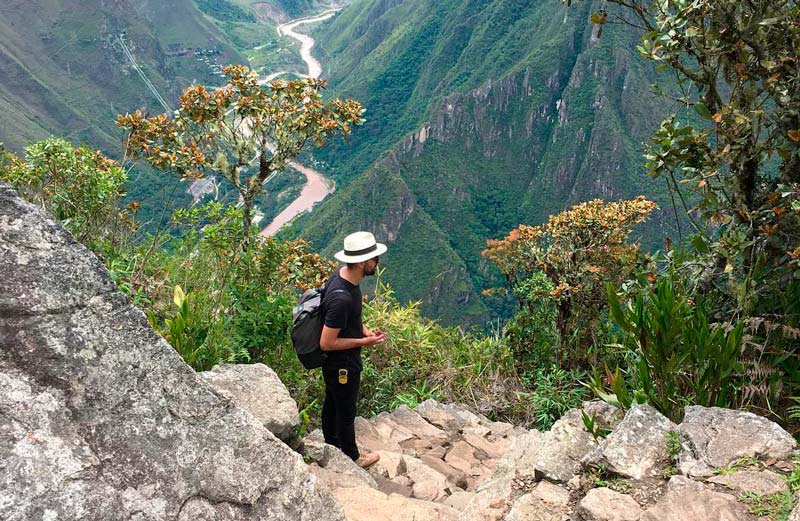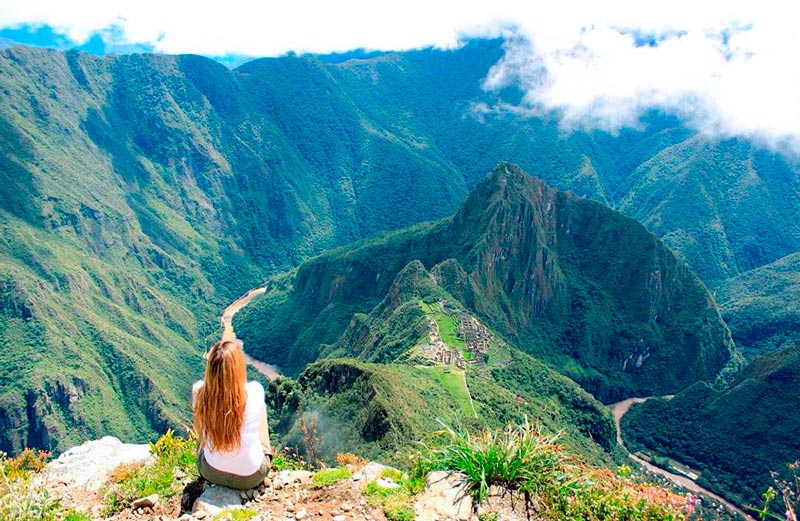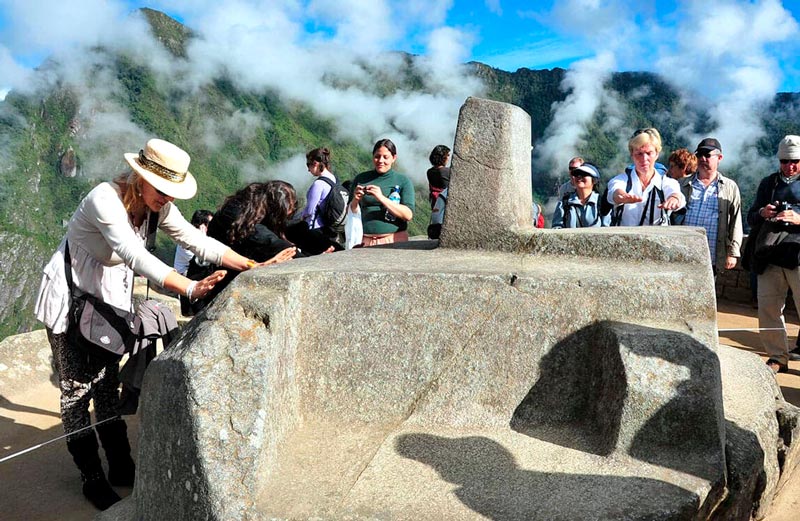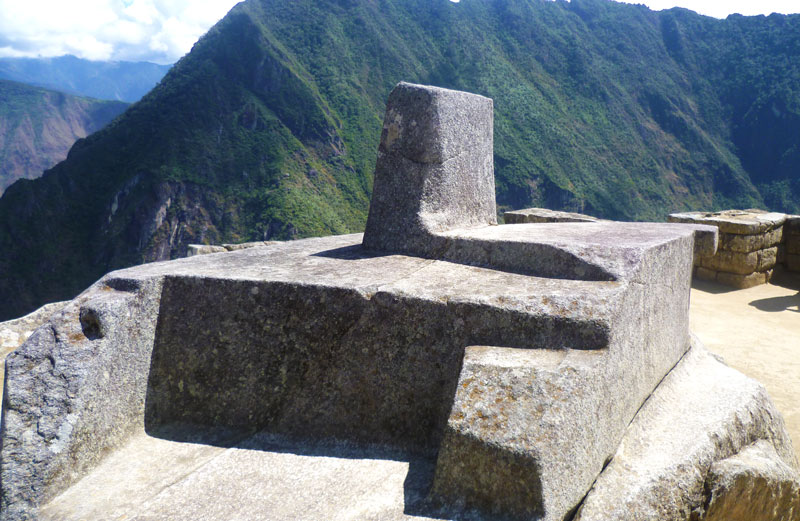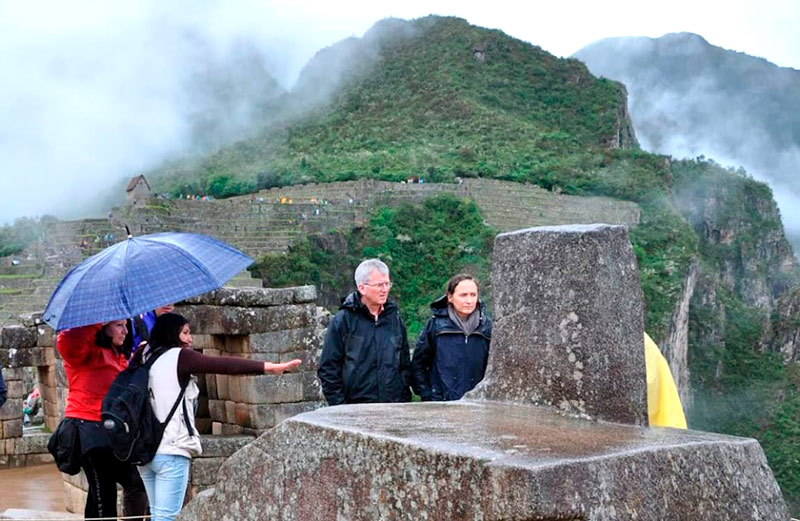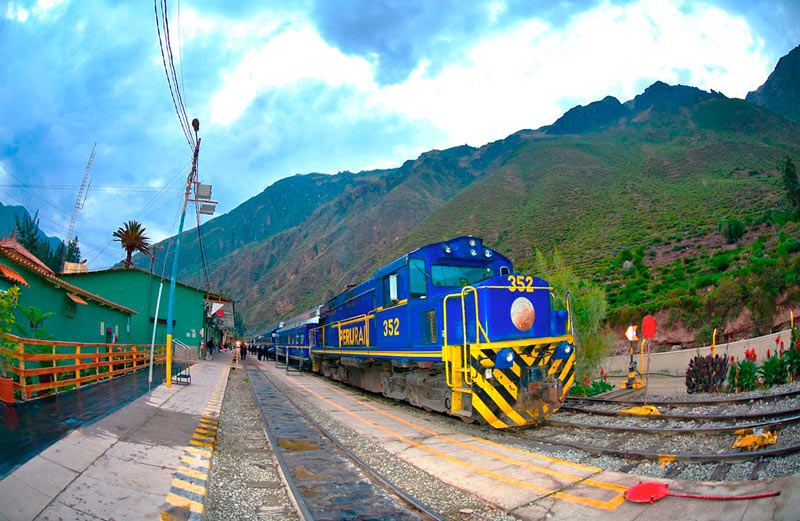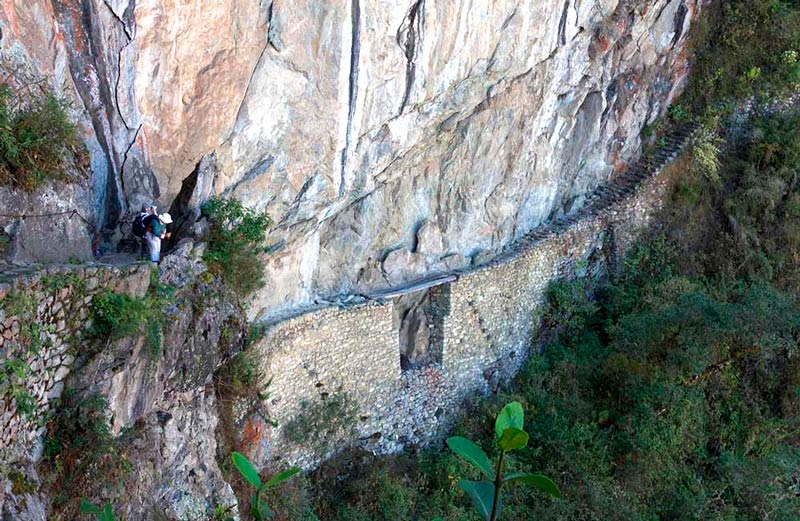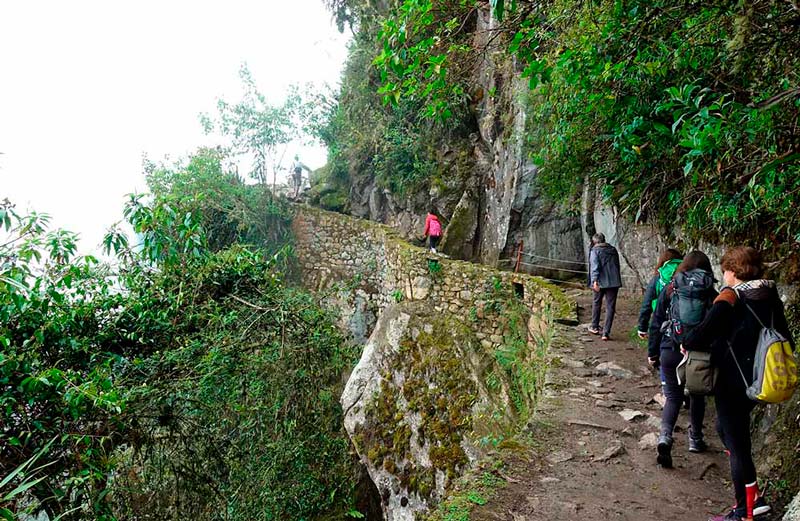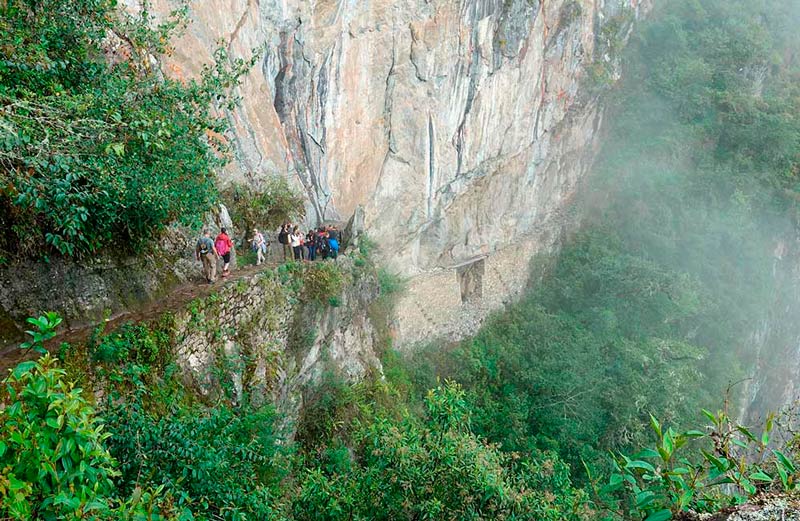Machu Picchu in the afternoon How is the experience?
Recently the visiting hours to Machu Picchu were increased, which made it possible to visit the Inca citadel in the afternoon. This is a little-known tour and for some, it is very risky to do. It is advisable to do it during the dry season, to avoid unforeseen delays in train travel due to the presence of rain. However, it can also be an option for people who neglected their reservation or entrance ticket to find this option to enter and walk the streets of Machu Picchu. All the details are below.
Content
Let’s start making the trip to Machu Picchu
The experience of reaching Machu Picchu begins from the moment you decide to make the trip. Many people dare to make this trip from different parts of the world, even from faraway places like Japan and other Asian countries. That is why everything will start with the trip itself, to Lima, and then to Cusco. The trips to Peru, to date, will mostly arrive in Lima. The capital of the Peruvian country and where you can find different migration offices and even embassies of several countries. However, some flights can make international and direct flights to Cusco itself.
It is estimated and according to the projection of the new international airport of Chinchero, where flights will arrive directly to the Sacred Valley of the Incas. Where, the next adventures on the way to Machu Picchu will begin. For the moment, we cannot talk about it, but we can talk about the current possibilities. This blog will share information for those who wish to make a trip to Machu Picchu, much quieter and without the need to get up early or with a relatively tight schedule. In this sense, it is an excellent option for those who want tranquility and serenity in their trip. This will also allow a better connection with the spirituality of the site.
Traveling to Machu Picchu in the afternoon can allow tourists more time to rest once they arrive in Cusco. Sometimes flights arrive late in the afternoon and even at night. This makes it difficult to have adequate rest, especially for those who will have certain ailments typical of altitude sickness. Remember that Cusco is located at 3,399 meters above sea level. This attitude is not usually a problem as long as the affected person (or everyone for that matter), has adequate rest, hydration, and enough sleep.
The trip to Machu Picchu in the afternoon will start at 7:00 in the morning. Being a more comfortable schedule for many people. The traditional trip to Machu Picchu starts at 4:00 in the morning and even, depending on availability, trips are made much earlier. When starting at 7:00 a.m., there is enough time to have a nice breakfast and prepare the belongings after sleeping peacefully and at least a couple of extra hours. In this sense, we dare to say that this option can become the favorite of many people, especially for groups with small children or older adults.
A new experience of visiting Machu Picchu in the afternoon.
As mentioned above, this form of travel is different from traditional trips such as the Full Day Machu Picchu. However, like the previous one, it also allows you to make the entire trip to Machu Picchu and back in only one day. The trip from Machu Picchu Town or Aguas Calientes will start from 18:20 hours and is estimated to arrive in Cusco, minutes before 23:00 hours of the day. Of course, once all the activities to visit the wonder of the world have been completed.
This new experience begins in Cusco. It is advisable to leave even before 7:00 in the morning. This is to have a comfortable and unhurried trip. In Cusco at that time, you can find a cab service with greater availability than in the early hours of the morning. It is also very important to make the reservation of the entrance tickets to Machu Picchu. It is recommended to purchase the entrance tickets from 14:00 hours, so you will have the option to enter at 15:00 hours. That is, depending on the ticket you choose, you will be able to enter until minutes before 16:00 hours. All this will be detailed later on.
The entrance to Machu Picchu will take place after having a nice lunch. Throughout the district of Machu Picchu Town, you can find several restaurants of different specialties. Likewise, you can find some buffet options, of course, some better than others. These places will be ideal to have a proper tasting of some of the flagship dishes of Peruvian cuisine. Having little time, it is recommended to make the ascent to the archaeological site in the ecological buses. This trip will only take 30 minutes. And at that time the buses usually go up with few passengers.
The tour will also be accompanied by a few people. The people who travel to Machu Picchu, mostly prioritize the morning hours. In this sense, the tour is accompanied by a large number of people. Another benefit of doing this tour is that you can see the entire extension of Machu Picchu through the mountains without the presence of the mist that often overshadows the panoramic views of the place. You can see a clear sky in the afternoon, even in the rainy season.
About train travel to Machu Picchu
There are two companies in charge of this service. Both are very similar in prices and types of services. The services they offer are tourist services and start from 50 to 55 USD. In the most basic trains, but just as comfortable. But they also have luxury services and even travel in private cars. Remember that train travel is an experience apart.
Services to get to Machu Picchu in the afternoon
- The main service needed to visit Machu Picchu is the entrance ticket to Machu Picchu.
- There are 5 tickets, but to enter in the afternoon we will only use the tickets: Llaqta Machu Picchu and Inca Bridge + Machu Picchu.
- In the mentioned tickets you can find the entrance hours until minutes before 16:00 hours.
- The entrance tickets that you can buy are the ones that have the start time of 14:00 and 15:00 hours.
- Thanks to these tickets you can make and appreciate the classic postcard photo of Machu Picchu. That is, from the upper platforms.
- The second service to take into account is the trains or more precisely the transportation.
- The transportation by train will depend a lot on each one. There is the possibility of boarding the train from Ollantaytambo or starting the trip in Cusco.
- When leaving from Cusco, sometimes the bimodal service is followed. This service consists of a bus trip and then a train trip. It is usually the most used.
- It is recommended to leave at times that have an interval between 6:30 and 8:00 in the morning.
- Keep in mind that, by leaving later, you may jeopardize your lunch break.
- Remember that the total travel time is almost 5 hours.
- When you arrive at Machu Picchu Town, you will only need to buy transportation tickets to the archaeological site.
- This last trip is also done by bus. The bus will only take about 30 minutes at most to arrive.
- In all transportation services, you can choose to purchase the full round-trip service. The price is usually lower in some cases.
- If you purchased your return ticket by train, you may depart at 18:20 hours. The return trip is also that long.
- Normally and with a proper plan and itinerary, you can arrive in Cusco minutes before 23:00 hours.
- If you contact a travel agency, they will likely offer you transportation service from your arrival at the train station.
More services and recommendations
- The services you can find in Cusco and Machu Picchu Town are varied and for different purposes.
- To facilitate your short trip to the train station in Cusco or Ollantaytambo, you can access private transportation. This service will also serve to get to the hotel, once you arrive in Cusco.
- As for hotels, you can find a great variety of options both in Cusco and Machu Picchu Town.
- Remember that you have to purchase transportation services in buses to arrive faster and with enough energy to Machu Picchu.
- The restaurants in Cusco and Machu Picchu Town, have good quality. In addition, they do not have very high prices.
- Likewise, the options are varied and it is always possible to find what you are looking for.
- It is very important to do a tour of Machu Picchu with a tour guide. They have the data and information about all of Machu Picchu.
- Remember to make the trip with comfortable and light clothing.
- It is also necessary to use sunscreen and mosquito repellent.
- Bring snacks and drinks in a small backpack. The tour of Machu Picchu usually lasts a little over 2 hours.
- If you find it convenient, bring a light jacket, this will be useful when you return.
- You can do this trip on your own or with a travel agency.
- Travel agencies make sure to reserve everything you need for the tour.
